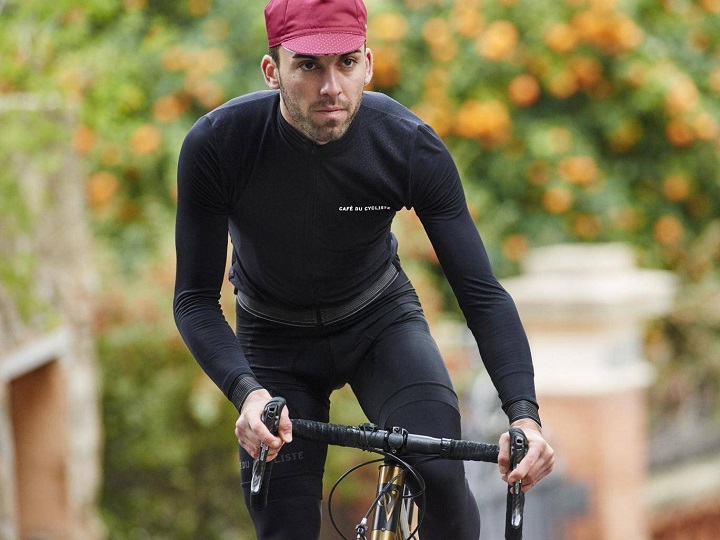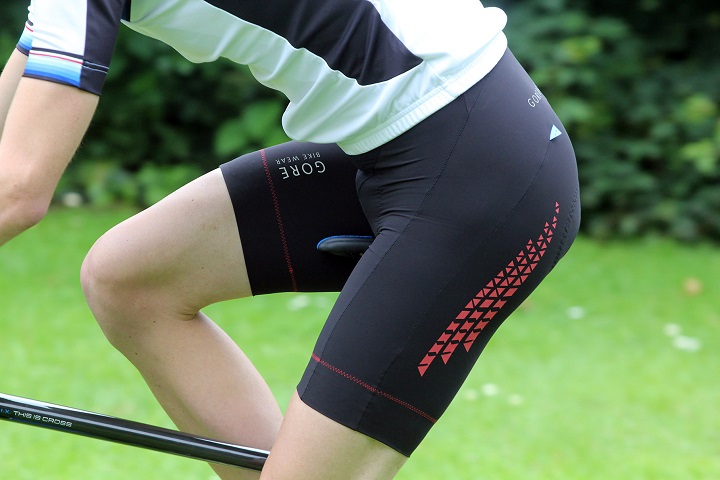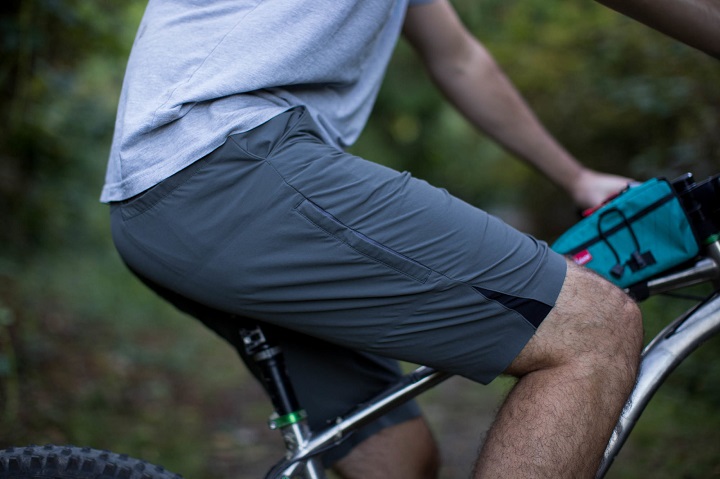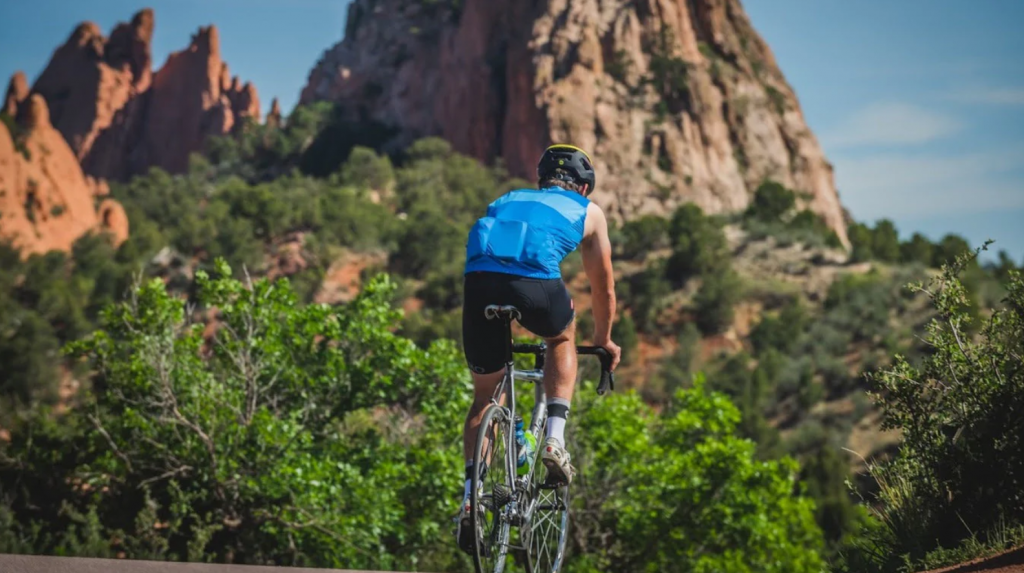Every sport requires a specific type of apparel. For example, skateboarders wear skateboard shoes, basketball players wear jerseys, and gymnasts wear leotards. Similarly, being a cyclist requires you to wear special clothing that is tailored for the road. If you need help selecting the right apparel for your cycling adventures, follow this short guide!
Cycling Jerseys

When the scorching temperatures prevail, wearing sleeveless cycling jerseys will offer you both comfort and aerodynamics. They’re constructed from a super stretchy and moisture-wicking spandex/poly material. Most models have mesh side panels for better ventilation and offer a slim, low-profile fit so you may use them for layering.
Why are Sleeveless Bike Jerseys Important?
A cycling-specific jersey offers you a lot more benefits than the standard activewear:
- It’s tailored to fit snuggly and wick away moisture;
- It has an aerodynamic design that won’t slow you down while cycling. A t-shirt that’s even slightly loose-fitting will create air resistance and slow you down. Not all jerseys are extra tight, but they all come with an aerodynamic construction that works in your favour.
- The sleeveless cycle jersey often has a pocket on the lower back where you may store your valuables. This way you can reach for your phone while riding without it being in the way.
- Cycling jerseys extend further down your back than typical t-shirts do. As you’re leaning forward while riding your bike, your shirt’s back raises. In this situation, a cycling jersey will keep your back safe and covered.
- Lastly, the sleeveless bicycle jerseys come in a wide range of functional and fashionable designs, with snug and baggy fits.
Cycling Bottoms

What distinguishes cycling clothing isn’t always related to “racing”. Cycling clothes are incredibly high-tech and aerodynamic, however, their main goal is to increase the enjoyment of your ride. Regardless of your riding ability, cycling apparel makes you more comfortable while riding enables you to ride longer, and increases your efficiency. It can improve your journey whether you’re biking around the block or across the country.
Cycling Shorts
The special biking shorts offer support and padding without getting overly bulky. This is all thanks to the supportive chamois of cycling shorts. A common problem when wearing normal shorts or pants is the friction that occurs between the seat and your body. Your body’s friction point is moved to the shorts and the seat when you add cushioning, which results in less pain in your delicate areas.
Cycling Bibs
Bibs are a fantastic invention in cycling shorts that is gradually gaining popularity worldwide. Cycling shorts, or bibs, have straps that cross over your shoulders like suspenders. They resemble a wrestling singlet while also being the most comfortable cycling shorts ever! Why? Because they consistently stay in their designated position. Cycling shorts tend to roll down in front and sag in the back, which makes one uncomfortable. Bibs are a great addition to your cycling wardrobe because they stay put and prevent the beltline from bunching.
Spandex vs Baggy Pants

Spandex is the preferred material by many cyclists, but not every piece of cycling clothing is made of it! For the fans of baggier clothing, there are special “baggy” shorts made specifically for cycling. These are far more practical and comfortable compared to the typical active shorts that many people wear when riding, running, or playing a sport.
Cycling baggies differ slightly from regular shorts. For starters, they don’t snag on your seat as you go on and off a bike. When getting on and off a bicycle, you throw your leg over the saddle. If the crotch has too much material, your shorts might snag on the saddle and cause you to fall over.
Cycling-specific baggies also contain strategically-positioned pockets. Your legs move up and down while you cycle on a bike. The improper placement of objects in your pockets might make them uncomfortable or even cause them to fall out while you’re riding! Cycling baggies are made to fit comfortably in your pockets, and some of them even have zippers so you can put some spare coin there.
Cycling Clothing for Sun Protection

If you believe that simply covering your skin will protect it from the sun – you are mistaken! Ordinary activewear is constructed with tiny gaps in the material that make it more breathable. However, this also allows for UV rays to get through. In the worst scenarios, it’s possible to get sunburns through your clothes!
On the other hand, many bike apparel manufacturers today create sleeveless cycling jerseys that block UV radiation. These are lightweight, moisture-wicking, and extremely comfortable to wear while giving you the benefit of sun protection.
Cycling Clothing for Breathability and Moisture-Wicking
While cotton is a common material for loungewear and sleepwear, it’s generally not ideal for athletic clothing. You tend to sweat when you exercise, and this makes your clothes damp. Cotton doesn’t dry out quickly after getting wet. When the moisture evaporates, it does nothing to cool you off.
Take a closer look at everyone the next time you’re on a trail. The cotton will be easy to identify by the dark sweat stains! Lycra, Spandex, Nylon, Merino Wool, and Polyester are examples of performance fabrics that draw moisture away from your skin, move it to the outer layers of the material, and then help it evaporate into the atmosphere. Your body cools down as a result of the transfer-evaporation process, which is how sweat is intended to work. Cotton doesn’t do well at all in this area!